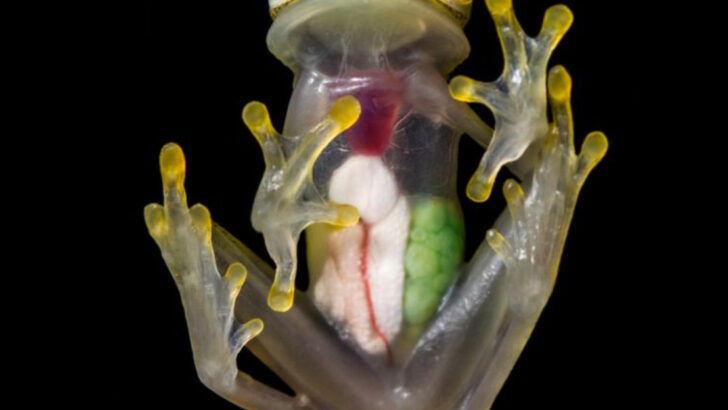The world is full of surprises, and nature has just unveiled some jaw-dropping secrets. Imagine a creature you’ve never seen before, alive and thriving in a place we never thought to look. That’s exactly what’s been happening in recent years as scientists uncover new species that defy imagination.
From glowing sea creatures in the deep ocean to tiny insects that seem straight out of a fantasy world, these newly discovered species remind us how much is still out there, hiding in plain sight.
In every corner of the Earth—whether deep beneath the sea or high up in uncharted jungles—life continues to surprise us. These 25 incredible finds showcase the wild, untamed wonders that nature has been keeping under wraps.
Are you ready to meet the extraordinary beings that are rewriting the book of life? Get ready for a wild ride.
Tapanuli Orangutan
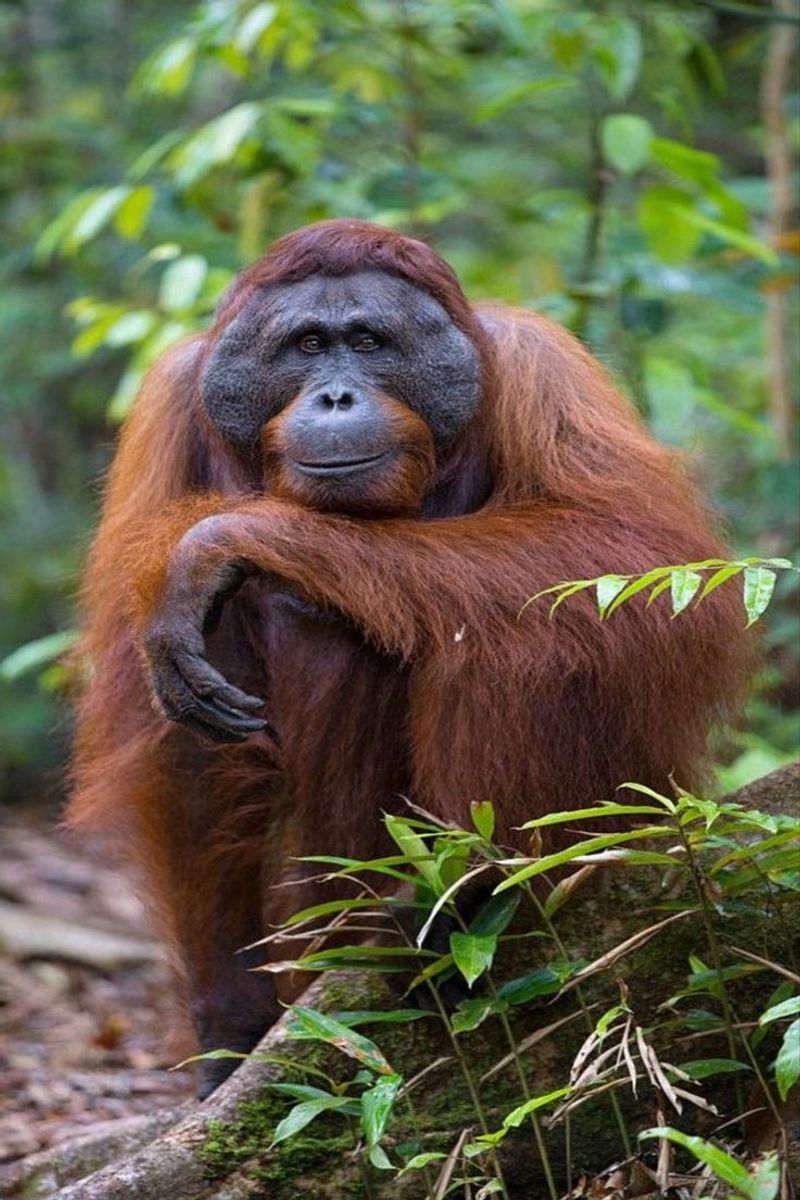
The Tapanuli Orangutan is a significant discovery in the world of primatology. Found in the Batang Toru forest of Sumatra, it is the newest species of great ape identified in over a century.
The orangutan is distinct both genetically and behaviorally from its Bornean and Sumatran relatives. Scientists estimate there are fewer than 800 individuals remaining, making it critically endangered.
Conservation efforts are underway to protect this unique species, which plays a crucial role in its ecosystem by dispersing seeds. Understanding its habitat needs and threats is vital for its survival.
Wakanda Fish
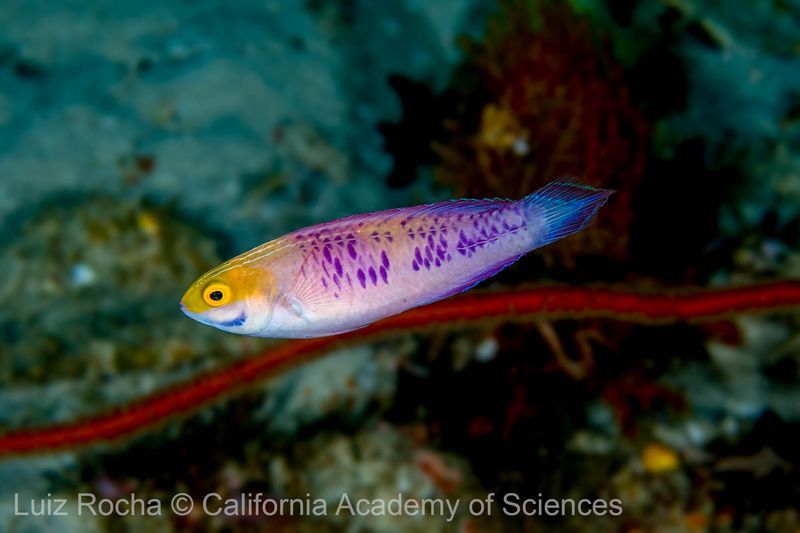
Named after the fictional African kingdom, the Wakanda Fish was discovered in the coral reefs of the Indian Ocean. This vibrant fish is part of the fairy wrasse family, known for its dazzling colors and elaborate finnage.
Its mesmerizing hues of blue and purple, combined with a unique pattern of spots, distinguish it from other species. The Wakanda Fish inhabits deep, rocky reefs, which offer it protection from predators.
Researchers are studying its behavior and adaptations to better understand how it thrives in such specialized habitats, contributing to the rich biodiversity of the region.
Ruby Seadragon
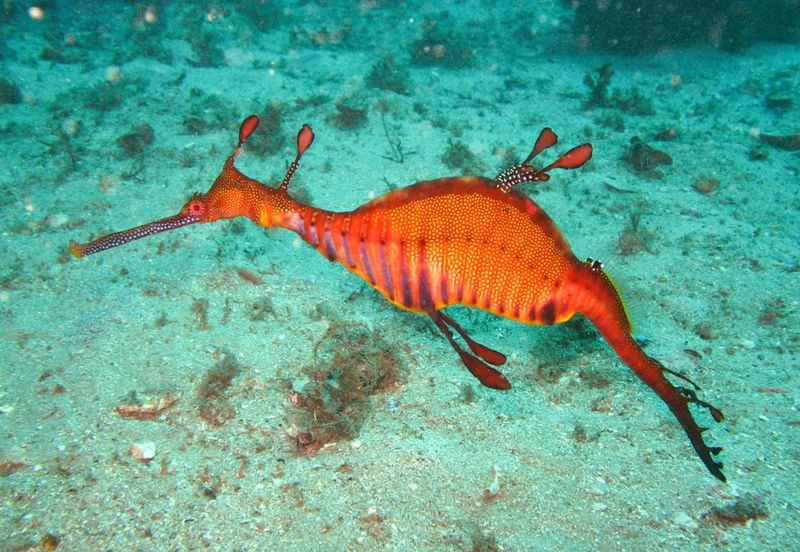
The Ruby Seadragon is an enchanting creature discovered off the coast of Western Australia. Unlike its leafy and weedy relatives, this species boasts a vibrant ruby-red color, perfect for camouflage among the seaweeds.
Its unique structure, with leaf-like appendages, aids in blending into its environment. The Ruby Seadragon’s discovery was made possible by modern technologies like underwater drones, highlighting its elusive nature.
Understanding its reproductive habits and ecological role remains a priority for marine biologists, as it adds another layer of intrigue to the already fascinating family of seadragons.
Starry Dwarf Frog
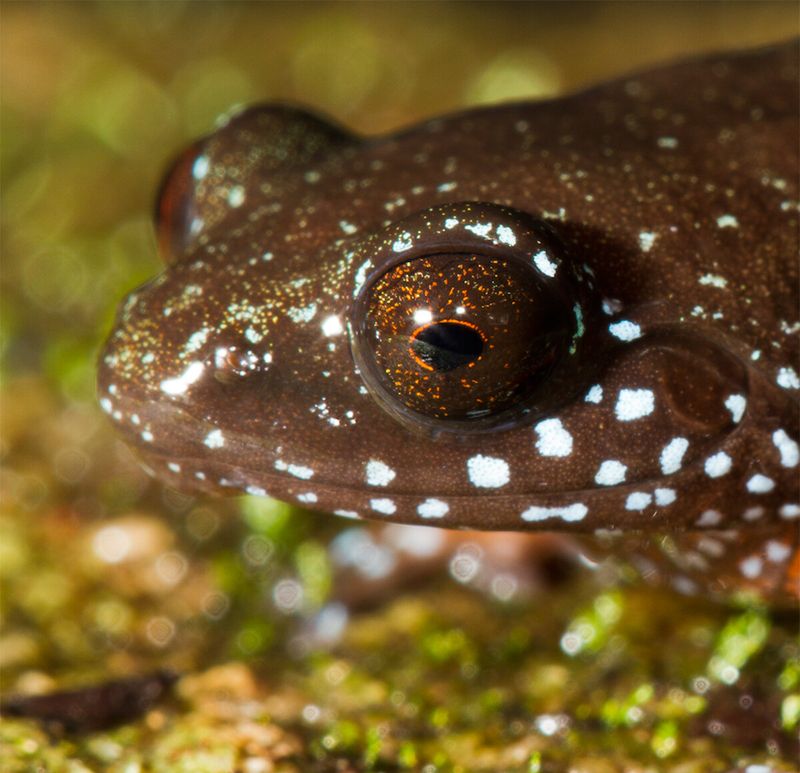
The Starry Dwarf Frog is a small yet captivating amphibian discovered in the Western Ghats of India. Its skin is adorned with a constellation of white spots against a dark backdrop, reminiscent of a starry night.
This distinctive pattern helps it blend into the forest floor, avoiding predators. Living in the moist environment of cloud forests, the frog’s survival depends on the health of its delicate habitat.
Conservationists emphasize the importance of protecting these ecosystems to ensure the frog’s continued existence, as it serves as an indicator of environmental health and biodiversity.
Sumatran Short-tailed Python

The Sumatran Short-tailed Python is a remarkable addition to the world of reptiles. Found in the rainforests of Sumatra, this python is known for its relatively small size and distinctive short tail. Its coloration, with deep browns and blacks, allows it to seamlessly blend into the forest floor.
The species plays an essential role in controlling the populations of rodents and other small animals. Protecting its habitat from deforestation is crucial for its survival. Understanding its behavior and ecological impact helps in formulating effective conservation strategies.
Attenborough’s Long-beaked Echidna
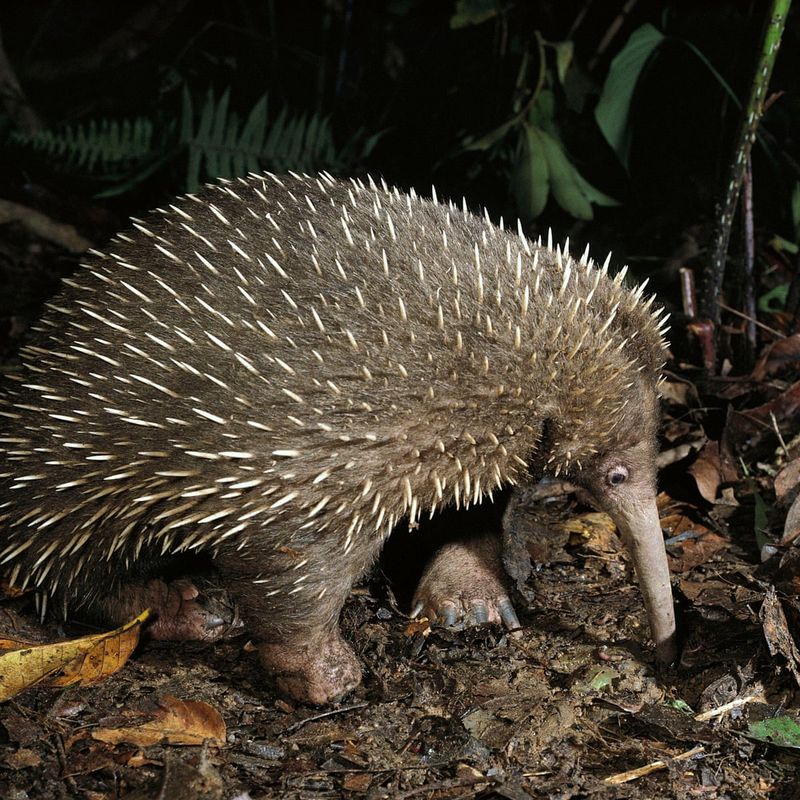
Named in honor of Sir David Attenborough, this long-beaked echidna is native to the highlands of Papua New Guinea. It is one of the few egg-laying mammals, known as monotremes.
The echidna’s elongated snout and specialized tongue allow it to feed on insects with precision. Its spiky coat offers protection from predators. The species is elusive, often found in remote areas, which makes studying it challenging.
Efforts to learn more about its habits and habitat requirements are vital for its conservation, as human activities threaten its mountainous home.
Galápagos Pink Iguana
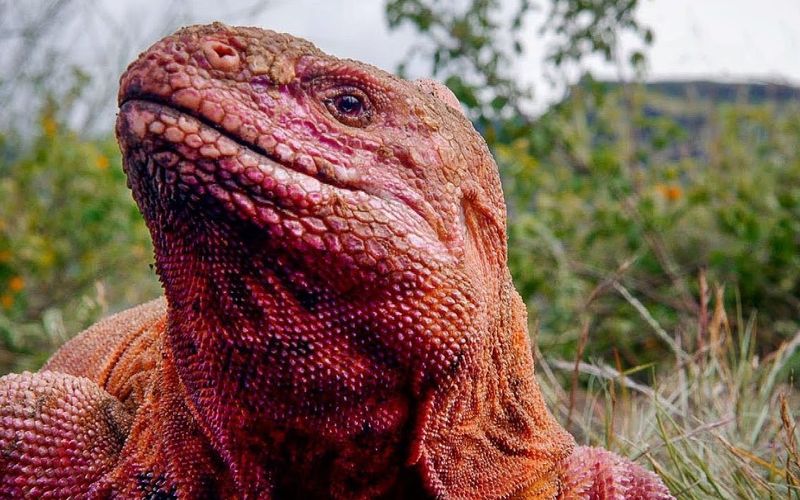
The Galápagos Pink Iguana is a rare reptile found only on the slopes of Wolf Volcano on Isabela Island. Its striking pink coloration sets it apart from other iguanas, a result of its unique genetic makeup.
The species is critically endangered, with an estimated population of fewer than 200 individuals. Conservationists focus on habitat preservation and predator control to safeguard its future.
The iguana’s limited range makes it vulnerable to environmental changes, highlighting the need for ongoing research and conservation efforts to prevent its extinction.
Blue-winged Amazon
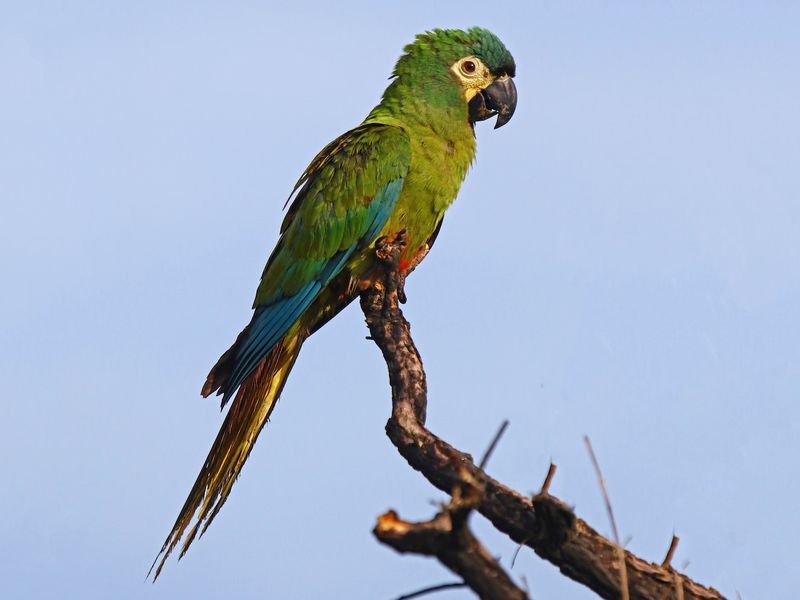
The Blue-winged Amazon is a vibrant parrot species discovered in the remote forests of the Amazon Basin. Its bright green plumage, accented by blue wing feathers, makes it a sight to behold. This bird is known for its social behavior, often seen in flocks, communicating with complex vocalizations.
The preservation of its forest habitat is crucial for its survival, as deforestation poses a significant threat.
Efforts to understand its ecological role and breeding habits are underway, with the aim of ensuring the species thrives in its natural environment, contributing to the rich avian diversity of the region.
Yeti Crab
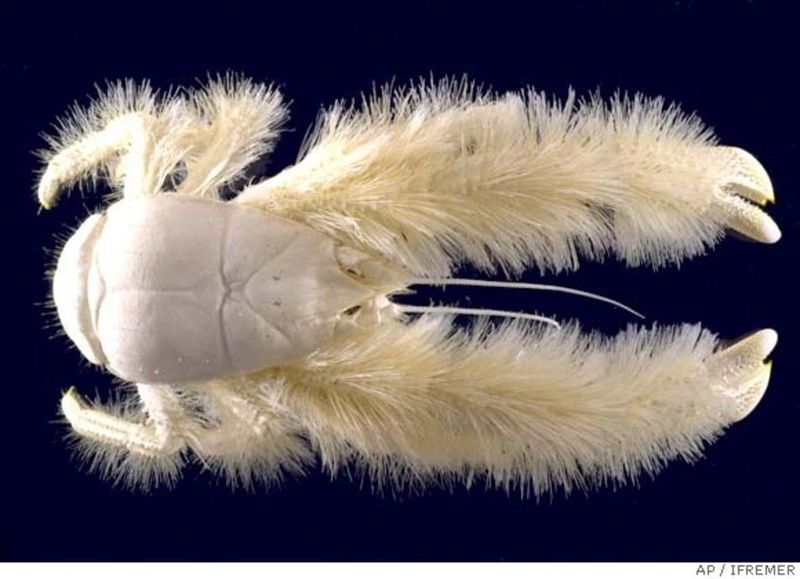
The Yeti Crab, or Kiwa hirsuta, is an extraordinary discovery from the deep-sea hydrothermal vents of the Southern Ocean. Named for the long, shaggy bristles covering its claws, this crustacean thrives in one of the most extreme environments on Earth.
The bristles, or setae, are not just for show—they harbor colonies of bacteria that provide nourishment for the crab, a fascinating example of symbiosis.
This small creature’s adaptation to its harsh surroundings highlights the incredible resilience of life. The yeti crab uses its hairy pincers to cultivate its bacterial food source, waving them over the mineral-rich water to encourage bacterial growth.
Its ability to survive in such a volatile and isolated habitat raises interesting questions about life’s adaptability and the unexplored mysteries of our oceans.
Ecuadorian Glass Frog
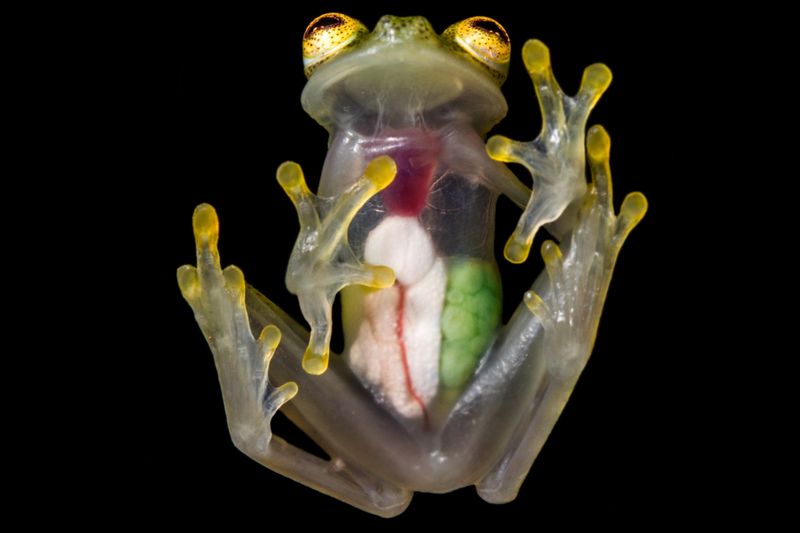
The Ecuadorian Glass Frog is a captivating amphibian found in the cloud forests of the Andes. Its most distinctive feature is its translucent skin, through which its internal organs are visible, offering a unique glimpse into its biology. This adaptation provides camouflage by mimicking the appearance of its surroundings.
The frog’s habitat is characterized by high humidity and dense vegetation, essential for its survival. Protecting these cloud forests is crucial, as deforestation threatens its existence.
Researchers continue to study its behaviors and ecological role, revealing insights into the complexity of these delicate ecosystems.
Vietnamese Mouse-deer
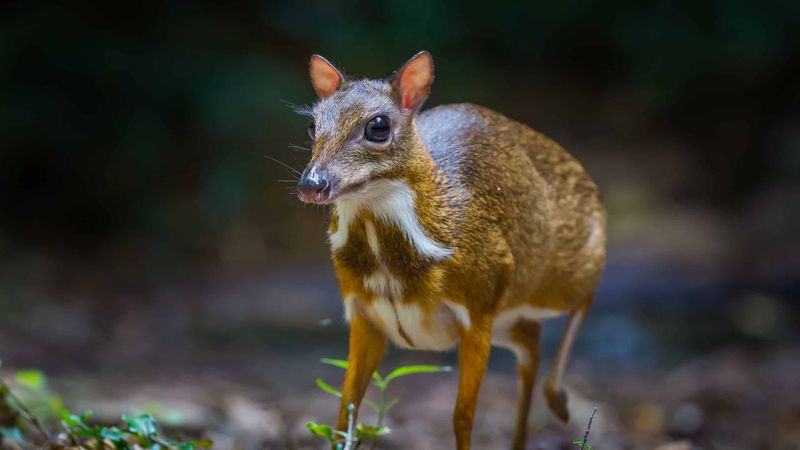
The Vietnamese Mouse-deer, also known as the silver-backed chevrotain, is a petite ungulate rediscovered in the dense forests of Vietnam. It was previously thought to be extinct, making its reappearance a thrilling find for conservationists.
The mouse-deer is characterized by its small stature and unique markings, providing camouflage in the forest undergrowth. It plays a significant role in seed dispersal, contributing to forest regeneration.
Protecting its habitat from illegal hunting and deforestation is vital for its survival. Understanding its ecological impact aids in developing effective conservation strategies, ensuring this elusive creature’s future.
Madagascar’s Rainbow Fish
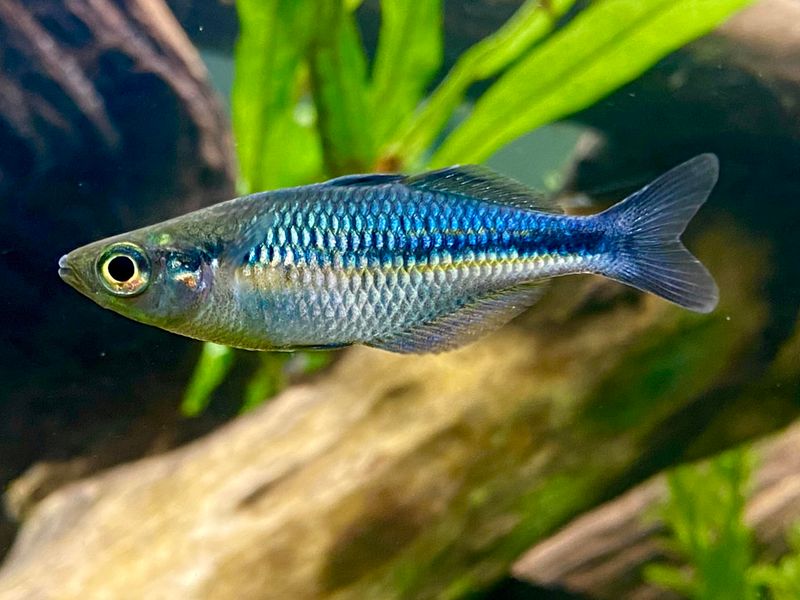
Madagascar’s Rainbow Fish is a stunning aquatic species discovered in the island’s freshwater systems. Its iridescent scales reflect a kaleidoscope of colors, making it a visual delight. The fish’s vibrant appearance is not just for show; it plays a role in mating displays and territorial behaviors.
The species thrives in fast-flowing streams and rivers, where the water’s clarity enhances its radiant hues. Conservationists are working to preserve these vital freshwater habitats, as they face threats from pollution and habitat destruction.
Understanding the fish’s ecological role is essential for maintaining Madagascar’s unique biodiversity.
Honduran Emerald Hummingbird
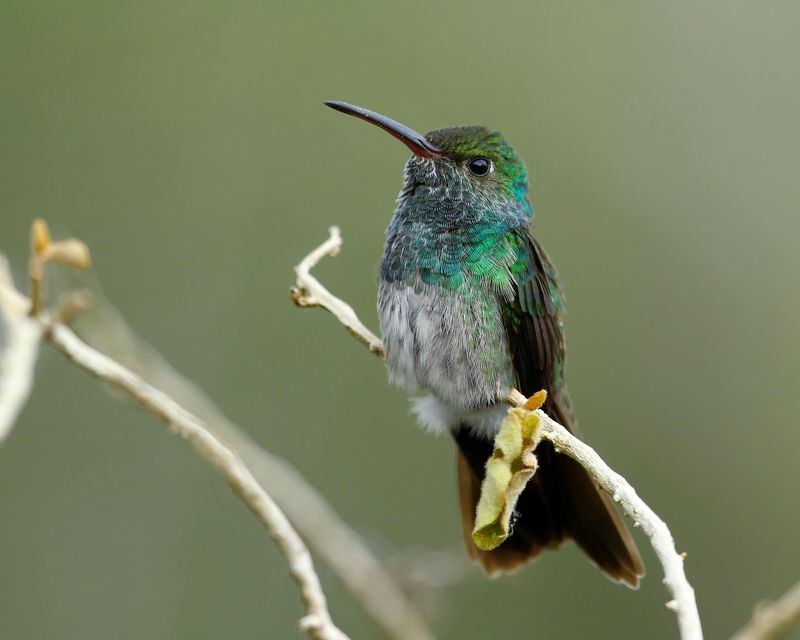
The Honduran Emerald Hummingbird is a vibrant avian species endemic to the arid forests of Honduras. Its dazzling green plumage shimmers in the sunlight, making it a sight to behold.
This hummingbird plays a crucial role in pollinating the region’s native plants, contributing to the ecosystem’s health. The species faces threats from habitat loss due to agriculture and urban development.
Conservation efforts focus on protecting its natural habitat and promoting sustainable land-use practices. Understanding the hummingbird’s ecological role is vital for preserving the biodiversity of Honduras, highlighting the interconnectedness of species and their environments.
Sunda Colugo
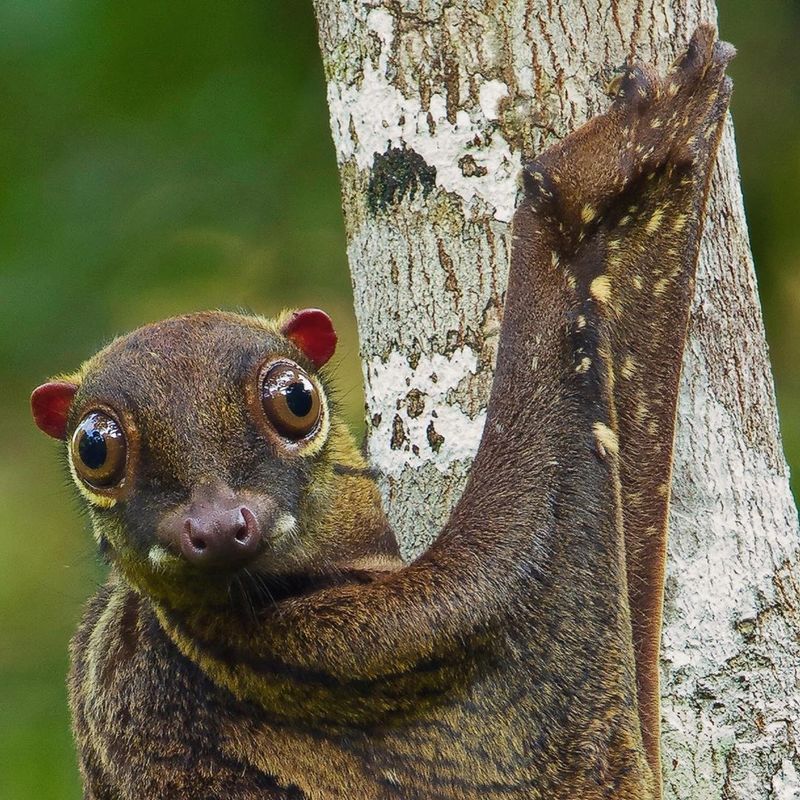
The Sunda Colugo, also known as the Malayan Flying Lemur, is neither a true lemur nor capable of powered flight. Yet, this intriguing creature has evolved a remarkable patagium—a membrane stretching from its neck to the tips of its fingers, toes, and tail. This adaptation allows it to glide gracefully among the dense canopies of Southeast Asian rainforests, often covering distances of over 100 meters in a single leap.
While navigating the night skies, the Sunda Colugo’s wide eyes aid its nocturnal lifestyle, providing the vision necessary to avoid predators.
Their diet mainly consists of soft plant matter, such as young leaves and shoots, making them essential for the ecosystem as they help in seed dispersal. Their elusive nature makes sightings a rare and treasured experience for wildlife enthusiasts venturing into their habitat.
Colombian Rainbow Boa
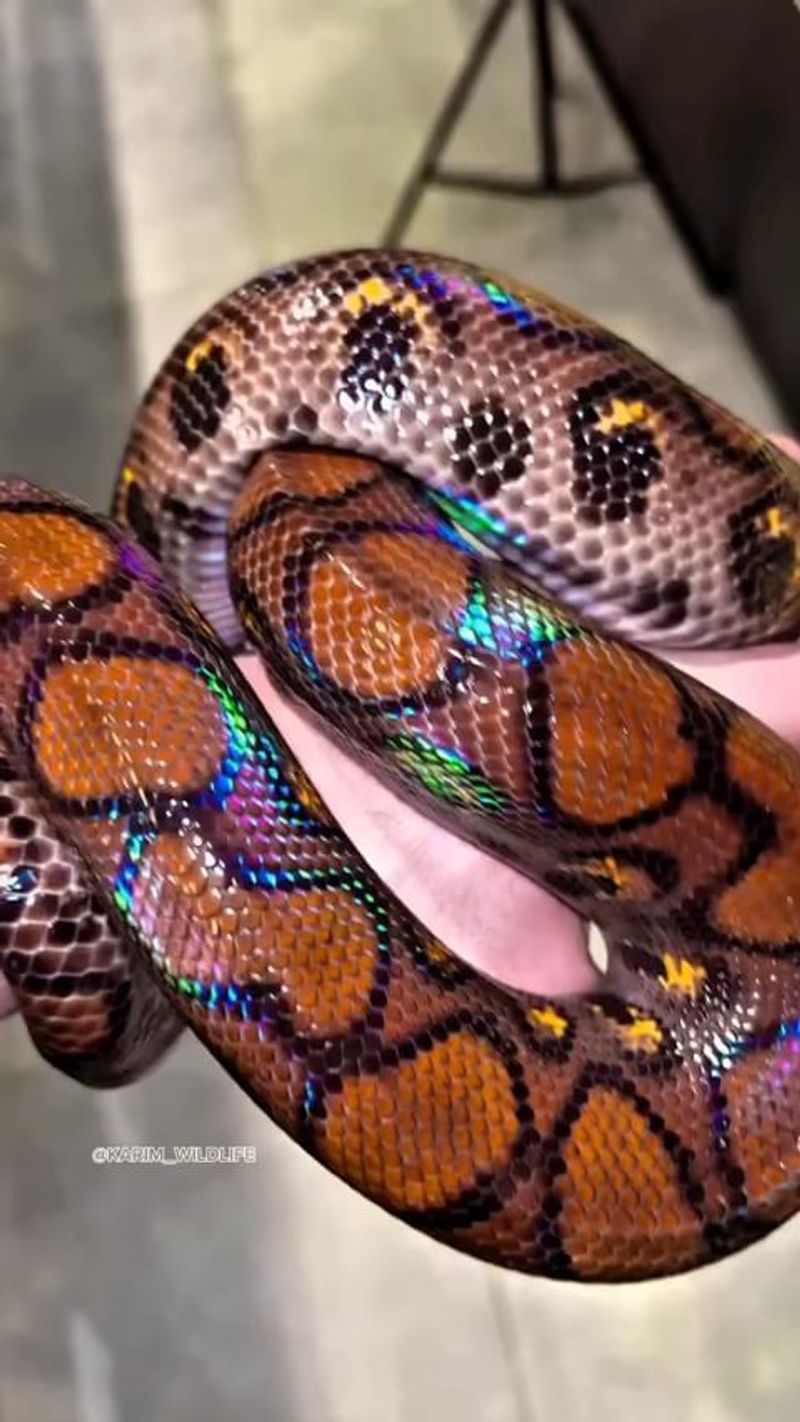
The Colombian Rainbow Boa is a striking snake species found in the lush rainforests of Colombia. Its iridescent scales reflect a rainbow of colors, a result of microscopic ridges that refract light.
This dazzling appearance adds to its allure, making it a favorite among reptile enthusiasts. The boa’s adaptability allows it to thrive in various environments, from dense forests to riverbanks.
However, habitat loss and illegal wildlife trade pose significant threats. Conservation strategies focus on protecting its natural habitats and educating the public about its ecological importance, ensuring the survival of this captivating species.
Borneo’s Ninja Slug
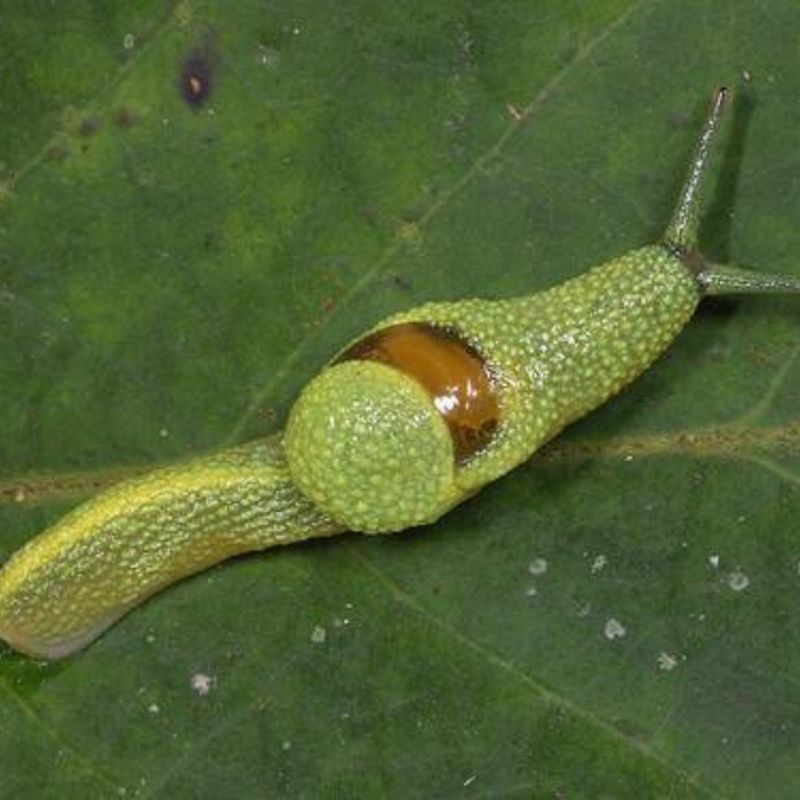
Borneo’s Ninja Slug is an intriguing gastropod discovered in the rainforests of Borneo. Its unique appearance, with a long tail resembling a ninja’s weapon, sets it apart from other slugs.
This adaptation is thought to play a role in its mobility and mating behaviors. The slug’s vibrant green color provides camouflage among the leaves, offering protection from predators. Its discovery highlights the rich biodiversity of Borneo’s rainforests, which face threats from deforestation and habitat degradation.
Conservationists work tirelessly to preserve these ecosystems, ensuring the survival of unique species like the Ninja Slug and maintaining the ecological balance.
Philippine Eagle-Owl
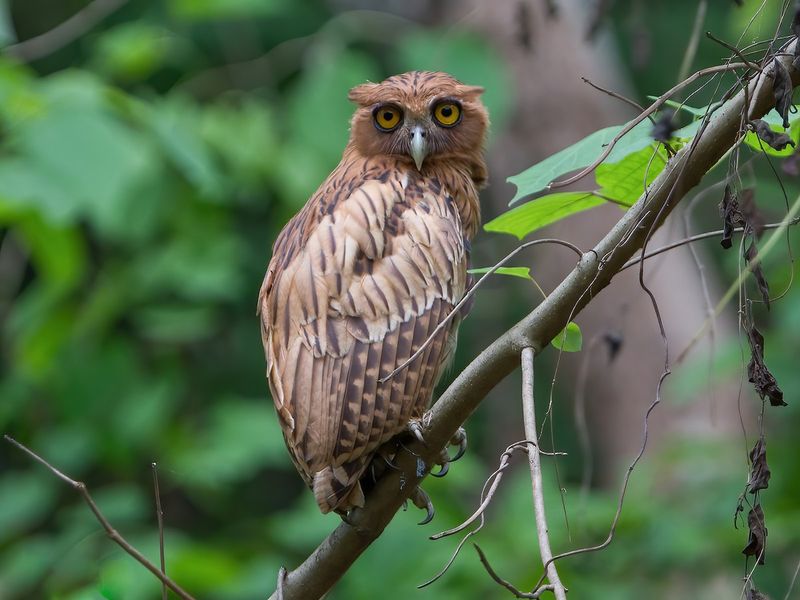
The Philippine Eagle-Owl is a majestic bird of prey found in the forests of the Philippines. Known for its striking appearance, it has large eyes and prominent ear tufts that enhance its formidable presence. As an apex predator, the eagle-owl plays a vital role in controlling rodent populations, maintaining ecological balance.
However, deforestation and habitat degradation threaten its survival. Conservation efforts focus on habitat restoration and protection, ensuring the owl’s continued existence. Understanding its hunting habits and breeding behaviors is crucial for developing effective conservation strategies, highlighting the importance of protecting this iconic species.
Sri Lanka’s Red Slender Loris
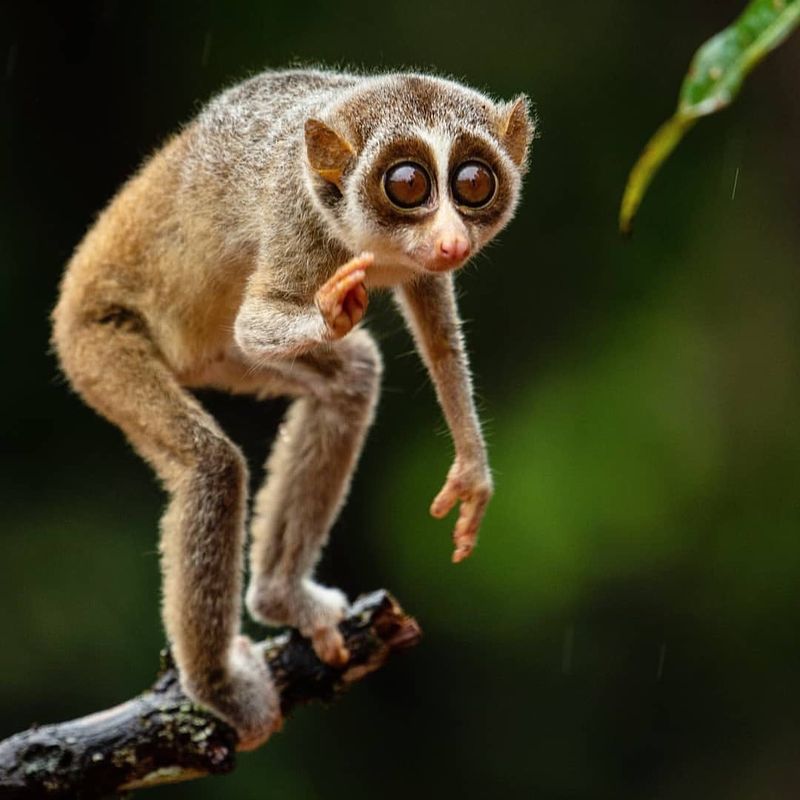
Sri Lanka’s Red Slender Loris is a nocturnal primate found in the forested regions of Sri Lanka. Its large eyes and reddish-brown fur make it an endearing sight, adapted for its night-time activities.
The loris plays a crucial role in insect control, feeding on a variety of insects and small animals. Unfortunately, habitat loss and fragmentation pose significant threats to its survival.
Conservation initiatives focus on protecting its forest habitat and raising awareness about its ecological importance. Studying its behaviors and social structures provides valuable insights into the complex interactions within these ecosystems, aiding in conservation efforts.
Chinese Giant Salamander
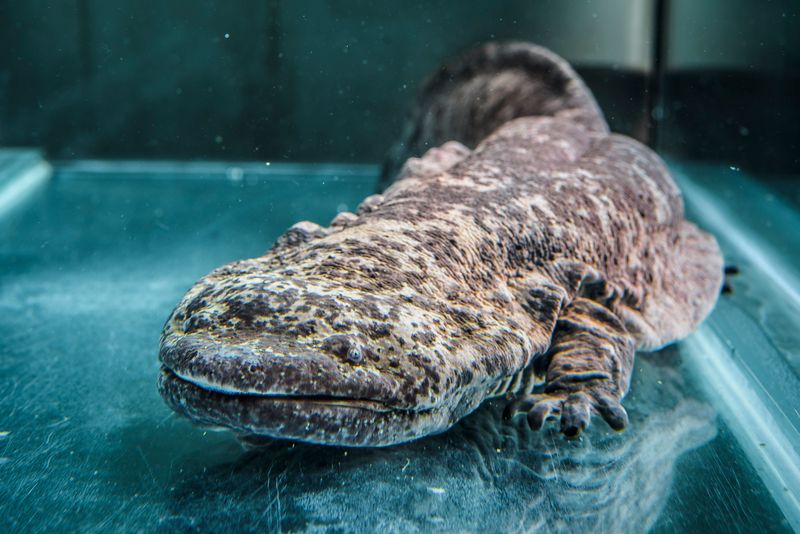
The Chinese Giant Salamander is the world’s largest amphibian, found in the freshwater habitats of China. Its impressive size and mottled skin provide effective camouflage among the rocks and streambeds.
This ancient species plays a vital role in maintaining aquatic ecosystem health by controlling fish and invertebrate populations. Unfortunately, it faces severe threats from habitat destruction and overexploitation for food and traditional medicine.
Conservation efforts focus on habitat restoration and captive breeding programs to ensure its continued survival. Understanding its ecological role and life cycle is essential for developing effective conservation strategies, preserving this remarkable species for future generations.
Tasmanian Forest Raven
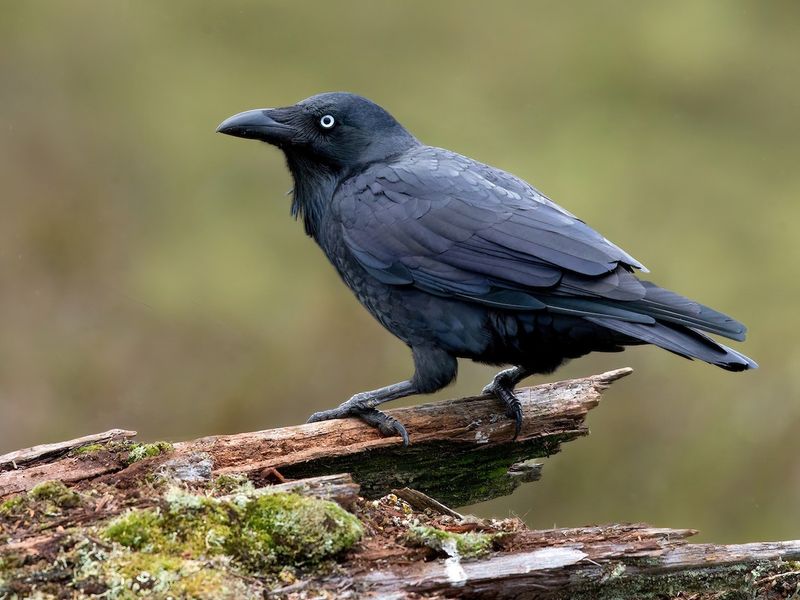
The Tasmanian Forest Raven is a prominent bird species found in the temperate forests of Tasmania. Known for its glossy black plumage and intelligent behavior, this raven plays a crucial role in the ecosystem as a scavenger and seed disperser.
Its adaptability allows it to thrive in various environments, from forests to urban areas.
However, habitat loss and changes in land use pose challenges to its survival. Conservation efforts aim to preserve its natural habitats and promote coexistence with human activities. Understanding the raven’s ecological impact and social behaviors is vital for ensuring its continued presence in Tasmania’s diverse landscapes.
Indonesian Mimic Octopus
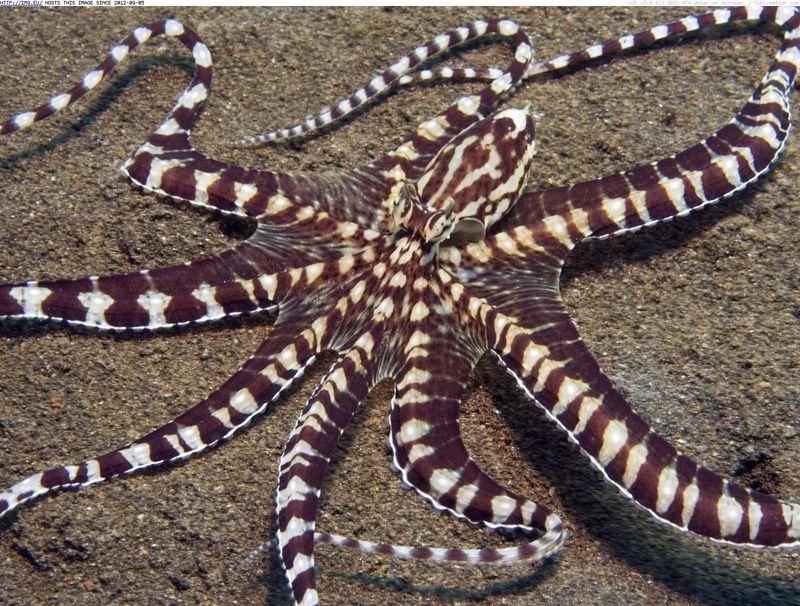
The Indonesian Mimic Octopus is an extraordinary cephalopod known for its incredible ability to imitate other marine animals. Found in the coral reefs of Indonesia, this octopus can change its color, texture, and body shape to resemble predators or less palatable species, deterring threats.
Its mimicry skills are not only a defense mechanism but also aid in hunting prey. The species thrives in the complex coral reef ecosystems, which are vital for its survival.
Conservation efforts focus on protecting these reefs from overfishing and pollution, ensuring the octopus’s continued existence. Studying its behavior offers insights into the complex interactions within marine environments.
New Zealand’s Black Robin
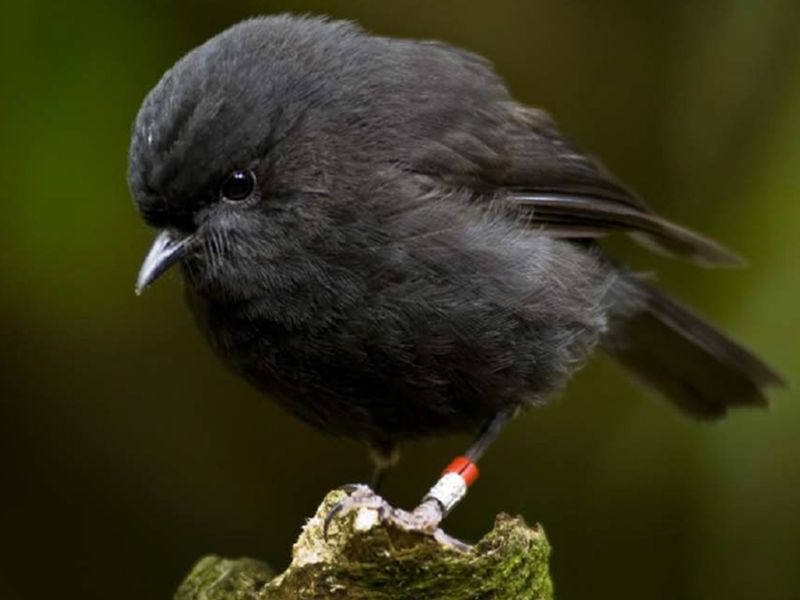
New Zealand’s Black Robin is a small bird species native to the Chatham Islands. Known for its glossy black plumage and inquisitive nature, it has become a symbol of successful conservation efforts.
Once on the brink of extinction, with only five individuals remaining, concerted conservation strategies have helped its population recover. The robin plays a significant role in seed dispersal, contributing to forest regeneration. Protecting its habitat from invasive species and habitat destruction remains a priority.
Understanding its ecological role and population dynamics provides valuable insights into effective conservation practices, ensuring the continued survival of this resilient species.
Nepal’s Himalayan Honeybee
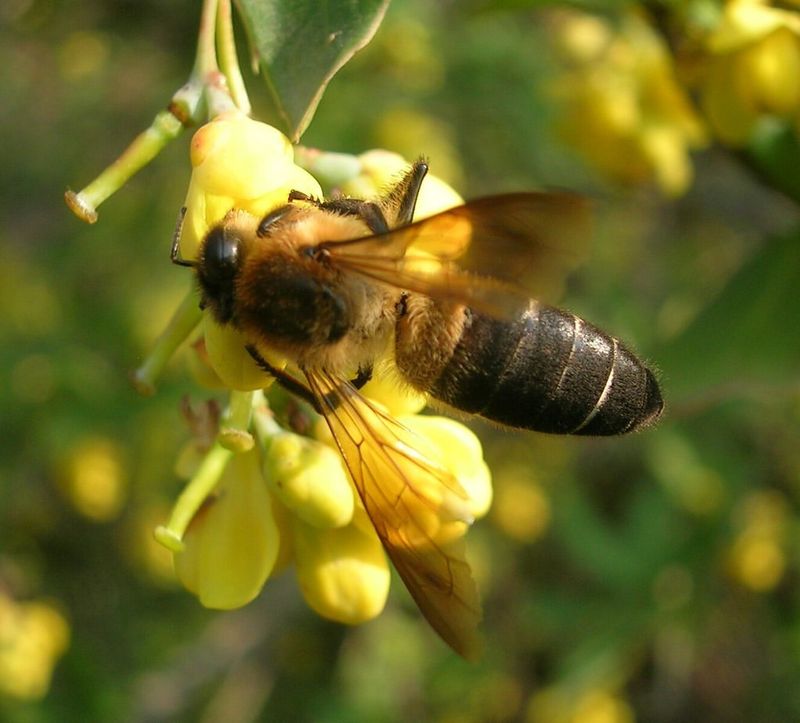
Nepal’s Himalayan Honeybee is a remarkable pollinator found in the high-altitude regions of the Himalayas. Known for its large size and resilience to extreme conditions, it plays a vital role in pollinating alpine plants.
This bee is essential for the livelihoods of local communities, who harvest its honey, known for its medicinal properties. However, climate change and habitat loss pose significant threats to its existence. Conservation efforts focus on protecting its natural habitat and promoting sustainable honey-harvesting practices.
Understanding the bee’s ecological role and adaptations to its harsh environment is crucial for ensuring its survival and the preservation of the Himalayan ecosystem.
Brazilian Atlantic Forest’s Golden Lion Tamarin
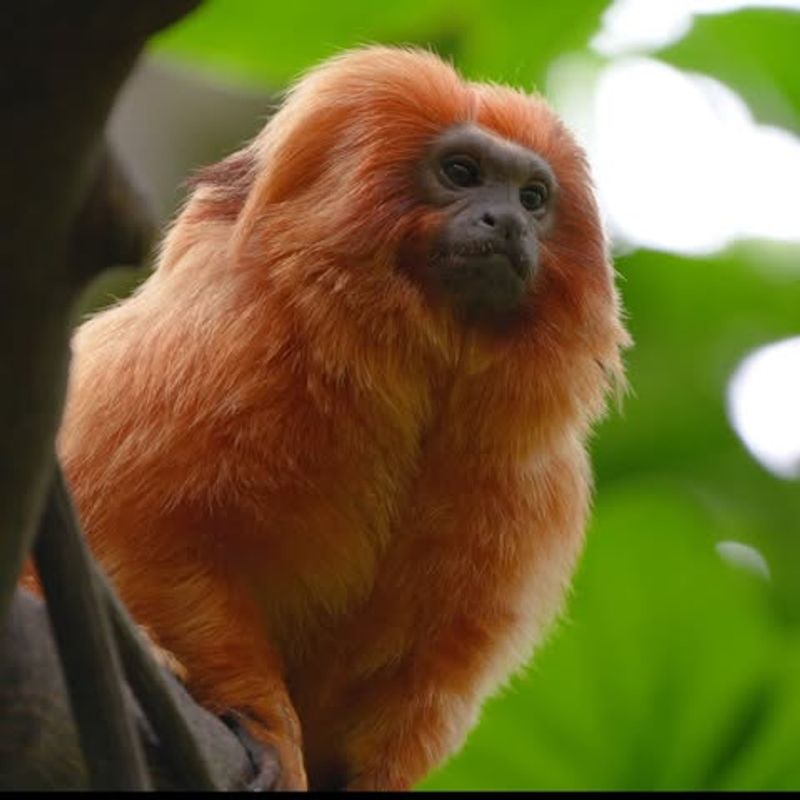
The Golden Lion Tamarin is an iconic primate species endemic to the Atlantic Forest of Brazil. Its striking golden mane and playful nature make it a captivating sight.
This small monkey plays a crucial role in seed dispersal, helping maintain the biodiversity of its forest habitat. However, deforestation and habitat fragmentation threaten its survival. Conservation efforts focus on habitat restoration and creating wildlife corridors to ensure genetic diversity. Understanding its social structures and ecological impact aids in developing effective conservation strategies, highlighting the importance of preserving the unique biodiversity of the Atlantic Forest.
The tamarin’s story is a testament to the power of conservation and the resilience of nature.
Olinguito
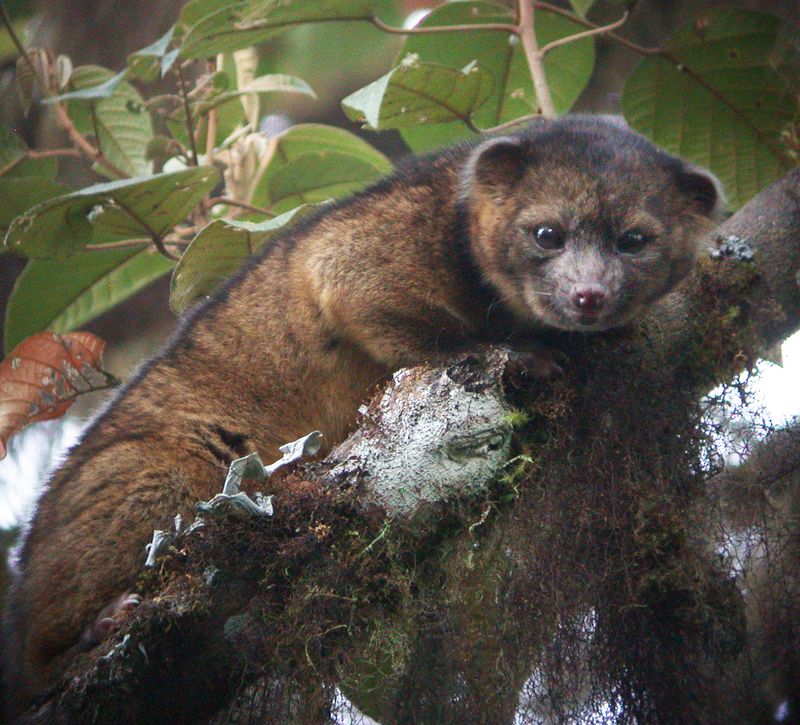
The Olinguito, a member of the raccoon family, is a small, tree-dwelling mammal inhabiting the cloud forests of the Andes. With its round ears and reddish-brown fur, the Olinguito is an adorable addition to the list of newly discovered species. It was first identified as distinct in 2013, marking the first carnivorous mammal discovery in the Americas in 35 years.
Despite its classification as a carnivore, the Olinguito’s diet primarily consists of fruits, making it an important seed disperser within its ecosystem. Its discovery underscores the vast number of species that remain hidden in the world’s forests, emphasizing the need for continued exploration and conservation efforts.
Observing the Olinguito in its natural habitat offers an enchanting glimpse of nature’s wonders.

